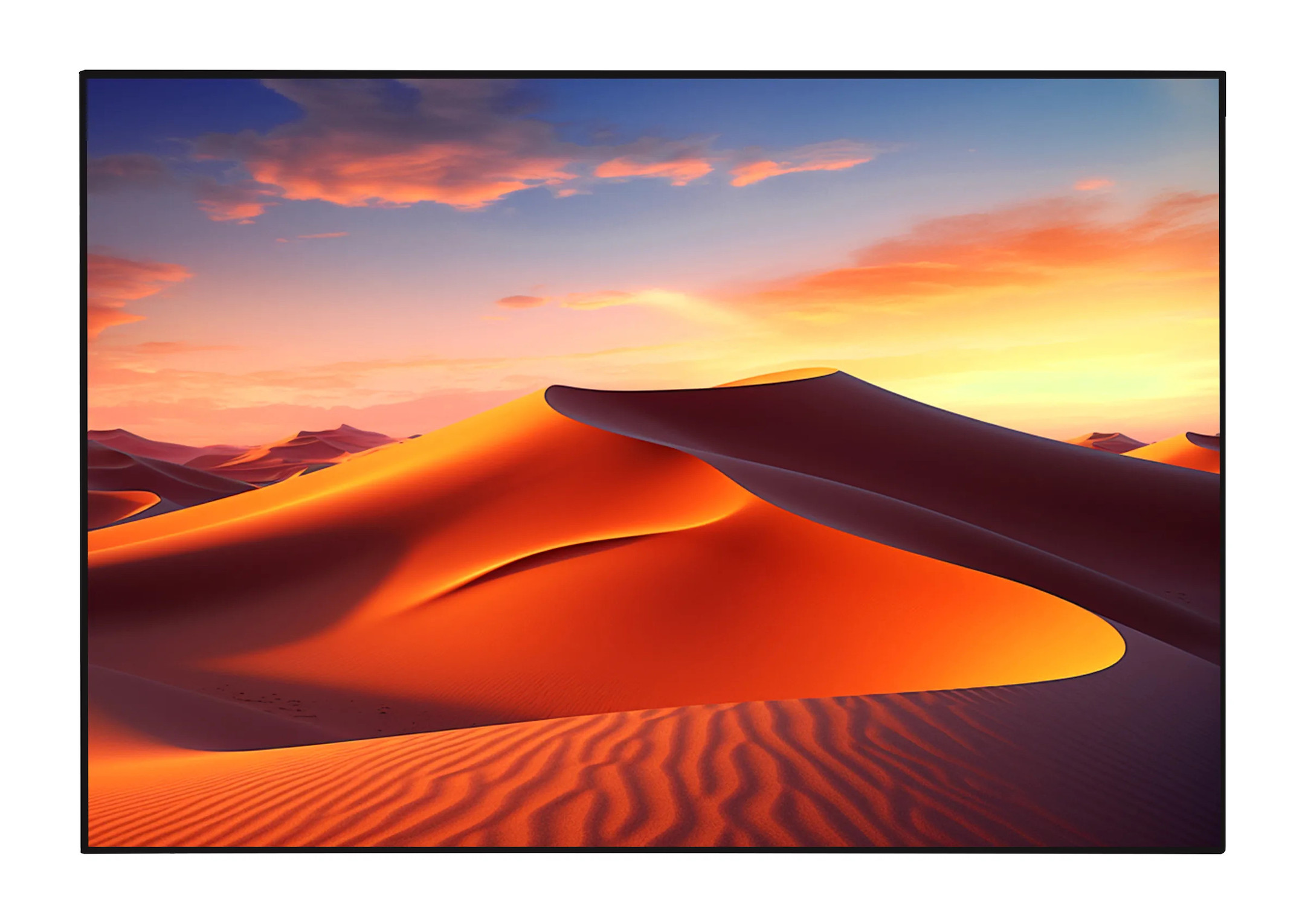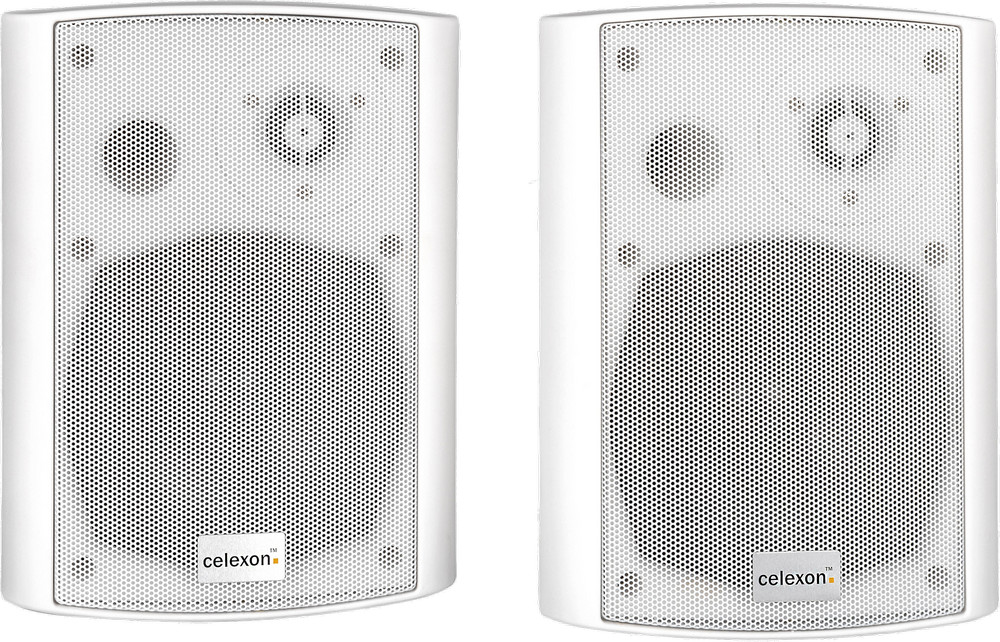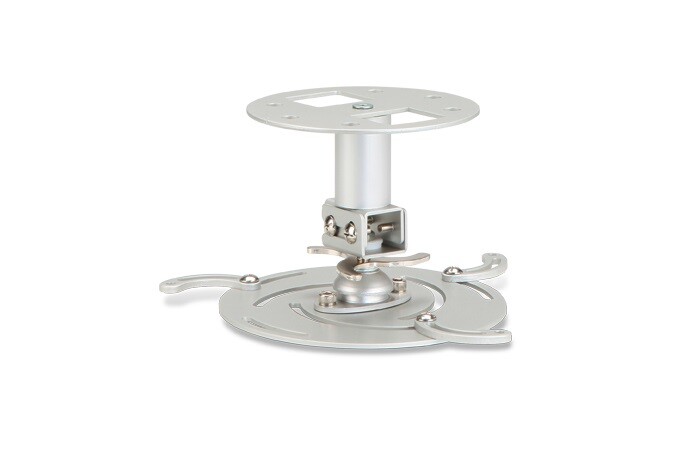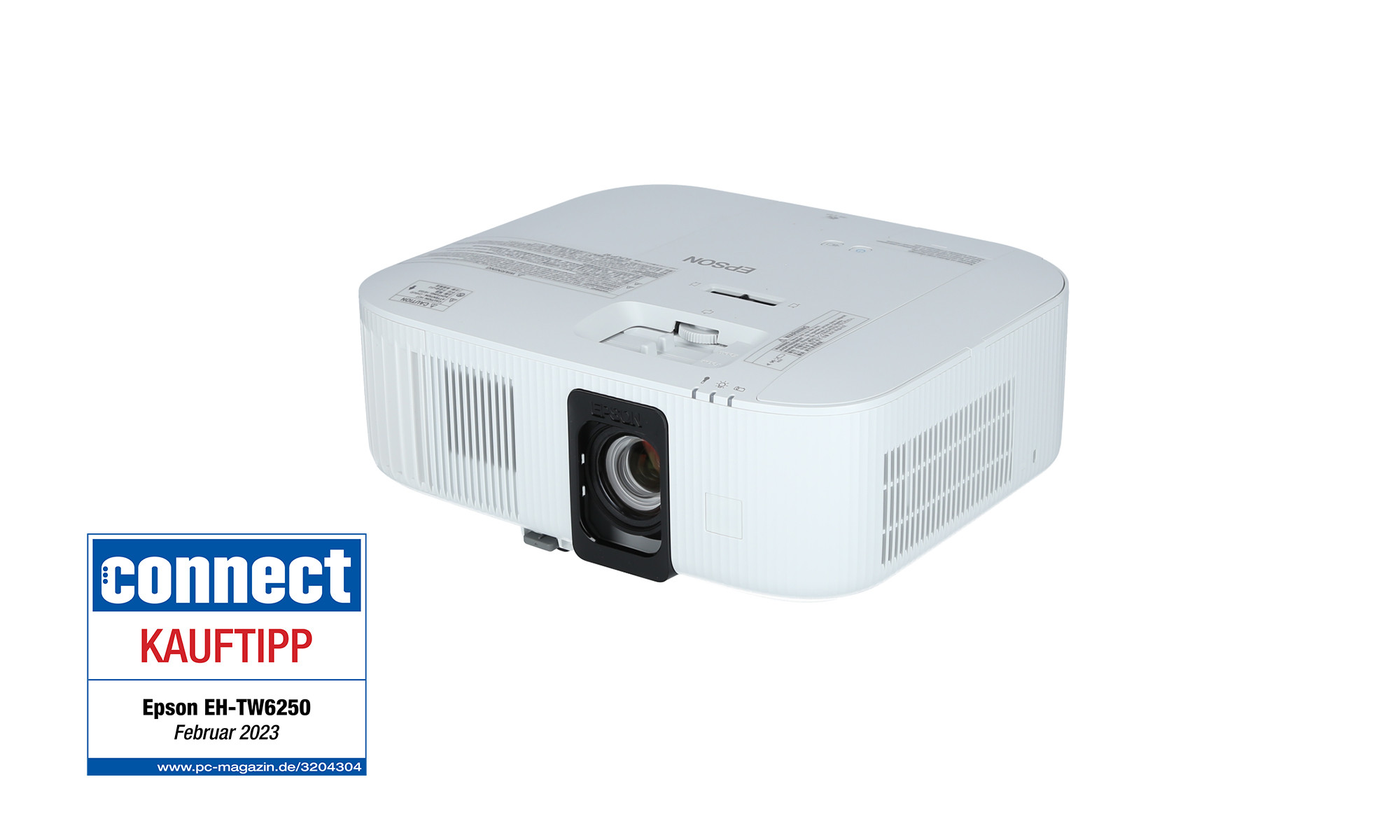











































£929.21*
- Brightness 5,000 Lumen
- Resolution 1920 x 1080 Full HD
- Aspect Ratio 16:9
- Operating noise 34 dB


Frequently purchased together
Product information

Business projector meets laser light source: a perfect
The Acer PL3510ATV is an intelligent Vero projector that impresses with 5,000 ANSI lumens of brightness even in rooms that are not darkened. The integrated Google-certified Android TV dongle enables seamless smart home experience in addition to wireless projection and app connectivity. This makes it quick and easy to play programmes and films using just the Android TV dongle in the projector. In addition to the mercury-free and highly efficient laser light source, the Vero projector is designed to have low total cost of ownership. This saves up to 90% electricity and up to 48% energy. In addition, the housing consists of up to 50% PCR material and is delivered with 85% recycled paper.
- Light technology: laser diode
- Resolution: 1080p Full HD (1,920 x 1,080 px)
- Brightness: 5,000 (standard), 4,000 (ECO) ANSI lumens
- Contrast: 50,000:1
- Maximum lifespan (hours): 20,000 (standard), 30,000 (eco) hours
Built-in Android TV dongle
Enjoy all the movies you love. This smart home projector with Google-certified Android TV dongle brings you all the shows and movies you love, and even enables voice search commands. With a single account, you can connect the apps on your speakers, mobile devices, tablets and TVs for a seamless Google smart life and smart home experience.

Sustainability and precision in projection technology
The projector uses post-consumer recycled (PCR) plastic in its manufacture, which underscores Acer'ss commitment to reducing the amount of waste generated globally. Automatic keystone correction ensures a perfectly rectangular image, even if the projector is not positioned exactly vertically, while innovative 360° projection capability offers exceptional placement flexibility and enables creative installations, such as projecting from the ceiling onto the floor or upright on its side.
Versatility and Reliability for continuous use
In addition to Auto Ceiling Mount Correction, which automatically detects and corrects when the projector is mounted upside down, this projector promises high reliability and is also suitable for continuous operation around the clock. Other outstanding features include a custom start screen, Acer Football Mode for more vibrant greens and skin tones during sports broadcasts, and Wall Color Compensation for optimal image quality on coloured surfaces. Energy efficiency is ensured by the auto shutdown function, which automatically turns off the projector when no input signal is detected.
Advanced features for an optimal viewing experience
The technology is complemented by HDMI 3D for immersive three-dimensional experiences and HDMI Power On for automatic power-up when a signal is detected. Bluelight Shield reduces eye strain from blue light, while HDR ensures a wider dynamic range and more lifelike colours. Compliance with the Rec. 709 standard guarantees true-to-life reproduction of high-resolution content, and ISF certification enables professional calibration for optimal image quality according to the lighting conditions in the room.
Technical data
| Name | Acer PL3510ATV Projector, 1920 x 1080 Full HD, 5000 Lumen |
|---|---|
| Article number | 1000029744 |
| GTIN/EAN | 4711121618123 |
| Manufacturer SKU | MR.JWT11.001 |
| Lamp life (ECO) | 30,000 Hour |
| Lens included | Yes |
| Model name | PL3510ATV |
| Brand | Acer |
| Product Type | Projector |
| Product Series | Acer Vero-Series |
| Application | Home cinema projector |
| Projector Type | DLP |
| Projector lamp type | Laser |
| ANSI Lumen | 5,000 ANSI Lumen |
| ANSI Lumen (Eco) | 4,000 ANSI Lumen |
| Resolution | 1920 x 1080 Full HD |
| Aspect Ratio | 16:9 |
| Contrast Ratio | 50,000 :1 |
| Operating noise | 34 dB |
| Operating noise - ECO | 29 dB |
| Lamp life | 20,000 Hour |
| run-time | 24/7 |
| Minimum Projection Distance | 100 cm |
| Maximum Projection Distance | 760 cm |
| Minimum Projection Ratio | 1.15 |
| Maximum Projection Ratio | 1.5 |
| Inputs | 1x RS232 , 1x USB-A , 3x HDMI |
| Outputs | 1x 3,5mm Jack |
| wireless technology | Not Specified |
| Features | HDR , automatic keystone correction , isf_isfcc |
| Product width | 30.4 cm |
| Product height | 11.9 cm |
| Product depth | 22.6 cm |
| Weight | 3 kg |
| Colour | White |
| Delivery contents | Bag , HDMI Cable , Lens cap , Power cable , Remote control |
| Condition | New |
| Warranty | 36 Month |
| Warranty type | Pickup service Service and support information |
Projection distance calculator
Contact our experts for help!
Image size:
Format
Format
Product safety
| Person responsible for the EU |
|---|
| Acer Computer GmbH |
| Kornkamp 4 |
| 22926 Ahrensburg |
| Germany |
| support@acer.com |




























